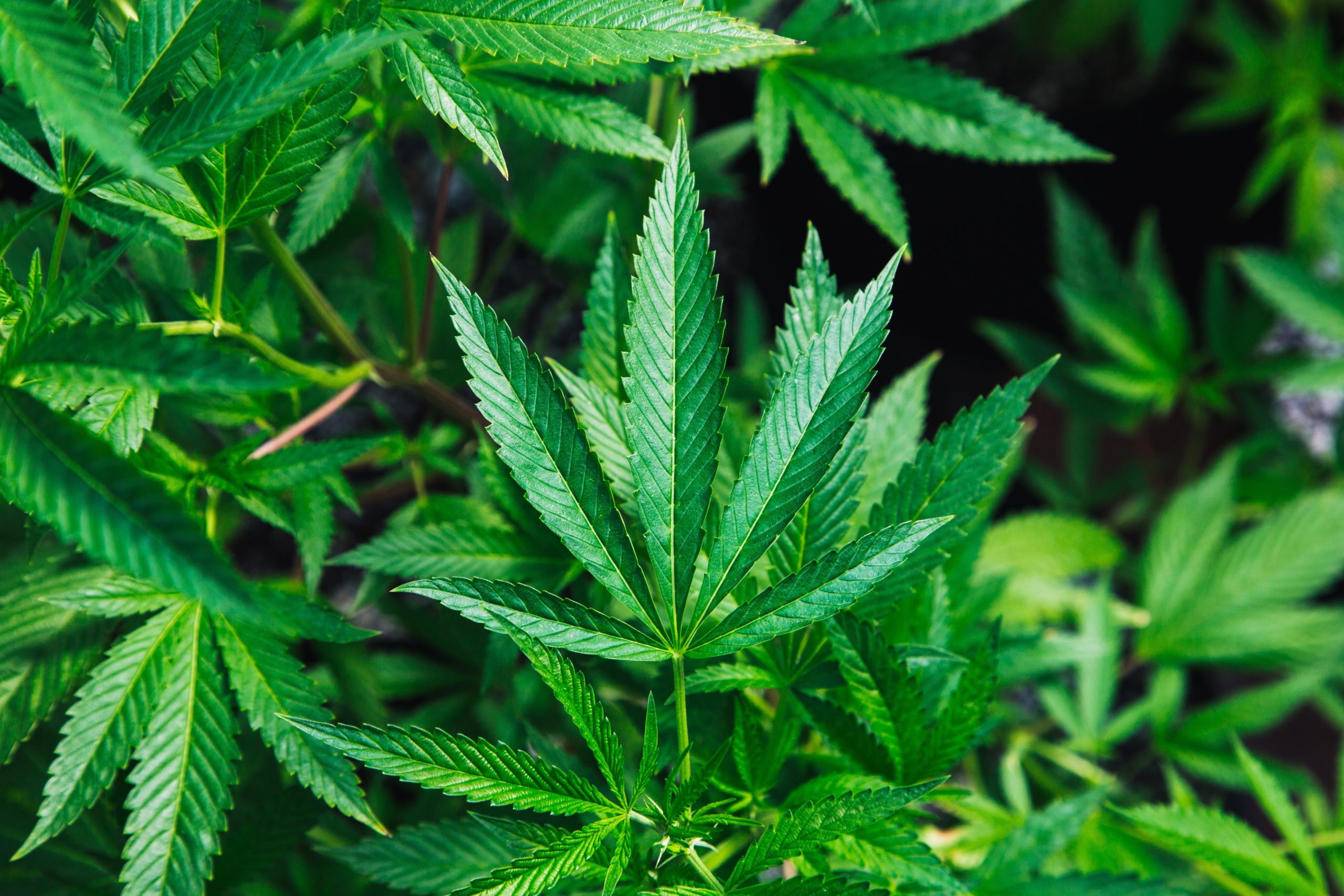About six years ago, Texas sort of accidentally legalized marijuana when it legalized hemp, opening a backdoor to the widespread usage of technically legal versions of the plant that still get you high. Now its so accepted here that you can order weed drinks in bars.
Lt. Gov Dan Patrick made it his personal mission to shut all that down this year, and it looks like he has won. Welcome back to Reefer Madness in the Lone Star State.
My latest for the Texas Observer:
Marijuana prohibition is a Texas tradition. Unless Governor Greg Abbott vetoes Senate Bill 3, the state’s new ban on THC, the state is about to suddenly and drastically renew its commitment to that tradition—at a potential cost of thousands of jobs, billions of dollars in lost taxable revenue, and countless lives broken in the prison system.
“We have to look at a long history in Texas,” said Austin Zamhariri, executive director of the Texas Cannabis Collective. “The modern enforcement of marijuana prohibition that exists today, that system began in Texas in 1915 in El Paso. It was the very first city in the entire country that prohibited marijuana.”
Zamhariri offered this historical perspective by way of explaining why our state is so eager to close the legal loophole that accidentally created a booming market for THC products about six years ago. “These systems have existed for 110 years,” he said.
After becoming pioneers in prohibition, it’s perhaps not surprising that Texas has lagged behind the rest of the country on marijauna legalization. Almost half the country—24 states and Washington, D.C.—have some form of legal recreational marijuana. The Texas government never intended to become one of those states, but hemp legalization changed all that.
Following a federal agriculture bill that allowed for commercial production of hemp, Texas enacted a law that legalized hemp in 2019, intending to open up a new agricultural market and the many potential uses of the plant for food, fiber, and construction materials. Hemp is legally defined as a form of the cannabis plant that contains less than 0.3 percent of THC, well below the threshold to make a person feel high. But that rigid definition failed to account for human ingenuity when it comes to getting stoned.
By the time the Legislature convened this year, the state was flooded with largely unregulated THC products, many of which are functionally almost identical to marijuana but technically legal. Their usage has been normalized in our state, where many residents now see cannabis consumption as an alternative to alcohol or prescription drugs.
One of Lieutenant Governor Dan Patrick’s top priorities for the 89th legislative session included a total ban on these THC products. That draconian push—which Patrick framed as a necessity to protect kids—for prohibition took many people by surprise.
“There’s not a place in Texas where cannabis has not become normalized through this,” Zamhariri said. “People just kind of assumed this is a thing, you know, we finally actually have access.”
Read more at the Texas Observer.
Thanks to Grace Delgado for help with this story.
